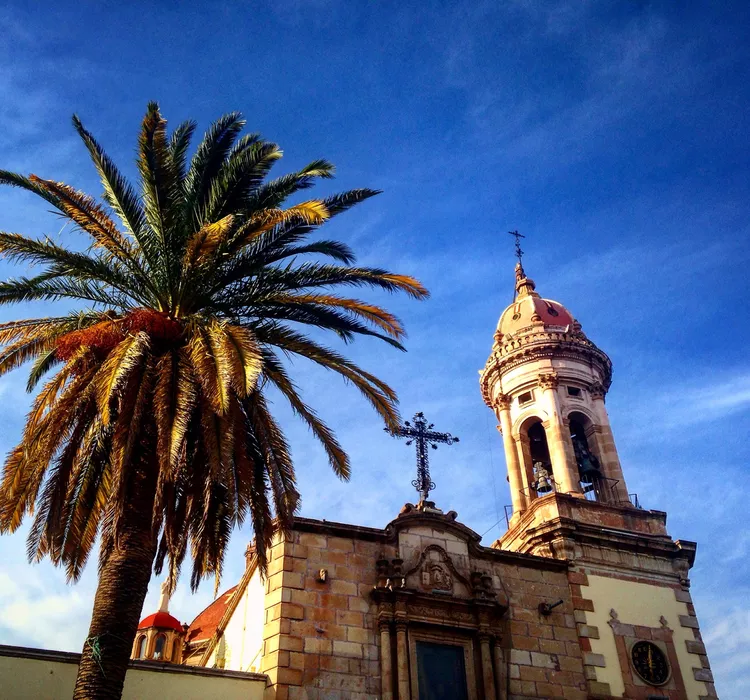Travel Information for Durango, Mexico
Durango is a state in northwest Mexico. This is one of the Mexican states with the lowest population density, but it has a lovely colonial capital city, lots of ruggedly beautiful terrain, including the Sierra Madre and the Cerro Gordo. This was the home state of Mexican revolutionary Pancho Villa, and a festival is held to commemorate him every year in July. Read on to learn more about Durango, including its population, area, history, and major attractions.
Fast Facts About Durango
- Capital: Victoria de Durango (“Durango”)
- Area: 47,665 miles² (121,776 km²), 6.2% of the national territory
- Population: 1.6 million
- Topography: quite mountainous with the Sierra Madre to the west. Minimum altitude is 3,200 feet (1,000 m) above sea level. The highest peak is Cerro Gordo with an elevation of 10,960 feet (3,340 m) above sea level.
- Climate: mostly dry year-round; in the higher parts of the mountains, it is temperate with an average temperature of 60°F (16°C), and snow in winter.
- Flora: pine, cedar, and oak trees in the mountains; fruit trees and pastures in the plains as well as cacti and agave in the arid regions.
- Fauna: deer, wolf, coyote, rattlesnake, scorpion, and a variety of birds.

Durango History and What to See
The capital city, Victoria de Durango, is named after Guadalupe Victoria (1786-1843), one of the key fighters for Mexican independence and the first president of Mexico. The city was founded on July 8, 1563, and is located at an altitude of 6,200 feet (1890 meters) above sea level. The capital’s historic center is one of Mexico’s finest, attracting visitors with its parks, plazas, and charming colonial buildings. One of these notable colonial buildings is the former prestigious Seminario de Durango, where Guadalupe Victoria studied philosophy and rhetoric. A cable car ride to the top of the Cerro de los Remedios offers panoramic views of the entire city.
Durango state is most famous for being home to Francisco “Pancho” Villa (1878-1923). Born as Doroteo Arango in the small village of Coyotada, this poor peasant boy fled to hide in the mountains after shooting his boss to defend his mother and sister. During the chaotic years of the Mexican Revolution, Villa became one of its key figures and heroes, leading the Divisón del Norte to various victories. On the route north towards Hidalgo del Parral in the state of Chihuahua, you will pass the Hacienda de Canutillo, given to Villa in 1920 by President Adolfo de la Huerta as recognition of his services. Two rooms of the ex-hacienda now exhibit an impressive collection of weapons, documents, personal objects, and photographs.
Adjacent to the state of Coahuila, the Reserva de la Biósfera Mapimí is an exquisite desert region focused on the research of fauna and flora. West of Durango city, the road towards Mazatlán leads through spectacular mountain scenery. Movie enthusiasts may recognize parts of Durango’s extensive countryside, as it has served as a set for numerous Hollywood films, particularly westerns featuring stars like John Wayne and iconic directors John Huston and Sam Peckinpah.
Durango is rich in agriculture: tobacco, sweet potatoes, corn, chiles, beans, and squash are cultivated, alongside a variety of fruit trees including pomegranates, quinces, peaches, apricots, pears, and apples. Additionally, the state raises pigs, cattle, and sheep, producing a significant amount of cheese. Many families maintain traditions of crafting homemade sweets, including preserves made from apples and quinces, “cajetas” (a caramel made with goat’s milk), jellies, coradillos, fig preserves, and sun-dried peaches. The annual Durango state fair, La Feria Nacional de Durango, takes place every year at the end of July and beginning of August. The state boasts two designated “Pueblos Mágicos,” Mapimí and Nombre de Dios.
Lastly, Durango is indeed a paradise for nature enthusiasts and extreme sports lovers. The Sierra Madre offers opportunities for remarkable hikes to observe the local flora and fauna, along with adrenaline-filled activities like canyoning, mountain biking, rock climbing, rappelling, and kayaking.
Getting There
Durango features an international airport, the General Guadalupe Victoria International Airport (airport code DGO), complemented by excellent bus connections to other destinations throughout Mexico.





